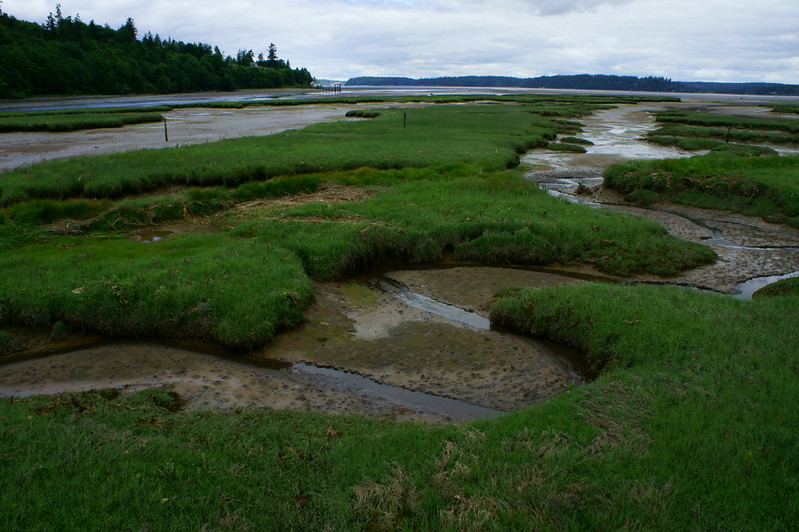[av_textblock size=” av-medium-font-size=” av-small-font-size=” av-mini-font-size=” font_color=” color=” id=” custom_class=” av_uid=’av-kl9nwwmx’ admin_preview_bg=”]
Let’s sequester 100 million metric tons of CO2 per year by 2030
[/av_textblock]
[av_one_half first min_height=” vertical_alignment=” space=” row_boxshadow=” row_boxshadow_color=” row_boxshadow_width=’10’ custom_margin=” margin=’0px’ mobile_breaking=” border=” border_color=” radius=’0px’ padding=’0px’ column_boxshadow=” column_boxshadow_color=” column_boxshadow_width=’10’ background=’bg_color’ background_color=” background_gradient_color1=” background_gradient_color2=” background_gradient_direction=’vertical’ src=” background_position=’top left’ background_repeat=’no-repeat’ highlight=” highlight_size=” animation=” link=” linktarget=” link_hover=” title_attr=” alt_attr=” mobile_display=” id=” custom_class=” aria_label=” av_uid=’av-183nb02′]
[av_image src=’https://theclimatecenter.org/wp-content/uploads/2021/02/riparian-cropped.jpg’ attachment=’37967′ attachment_size=’full’ copyright=” caption=” styling=” align=’center’ font_size=” overlay_opacity=’0.4′ overlay_color=’#000000′ overlay_text_color=’#ffffff’ animation=’no-animation’ hover=” appearance=” link=” target=” title_attr=” alt_attr=” lazy_loading=’disabled’ id=” custom_class=” av_element_hidden_in_editor=’0′ av_uid=’av-kl9nvexf’ admin_preview_bg=”][/av_image]
[av_textblock size=” av-medium-font-size=” av-small-font-size=” av-mini-font-size=” font_color=” color=” id=” custom_class=” av_uid=’av-10ib76a’ admin_preview_bg=”]
UN scientists concluded in 2018 that to stay under 1.5C dangerous warming we must cut emissions essentially in half by 2030 and start drawing down as much as a trillion tons of warming compounds we’ve already dumped into the atmosphere. With a rapidly deteriorating climate system, we now must do even more to avoid the worst.
In addition to major emissions cuts, the State of California must establish bold nature-based sequestration goals for the decade ahead. Nascent carbon capture technologies, while likely needed in the future (if they are environmentally and socially appropriate), are not yet ready to scale.
Our Climate-Safe California goal is clear: we must ensure that sequestration is greater than emissions in California by 2030.
Implementing sequestration on natural and working lands at scale will secure multiple co-benefits we desperately need now– including water and food security, increasing resilience to severe drought, and protecting biodiversity.
Establishing a bold sequestration target for 2030 will:
- Send market signals that California is serious about addressing one of the greatest threats to California from worsening climate change—drought
- Take advantage of this unique moment to leverage support from the Biden Administration with his world-leading climate action commitments, including in sequestration in agriculture
- Further California’s climate and agricultural leadership nationally and globally
Failing to act on sequestration will cost far more than establishing and funding bold targets now.
Please urge our leaders to support establishing bold nature-based sequestration targets in California this year.
[/av_textblock]
[/av_one_half]
[av_one_half min_height=” vertical_alignment=” space=” row_boxshadow=” row_boxshadow_color=” row_boxshadow_width=’10’ custom_margin=” margin=’0px’ mobile_breaking=” border=” border_color=” radius=’0px’ padding=’0px’ column_boxshadow=” column_boxshadow_color=” column_boxshadow_width=’10’ background=’bg_color’ background_color=” background_gradient_color1=” background_gradient_color2=” background_gradient_direction=’vertical’ src=” background_position=’top left’ background_repeat=’no-repeat’ highlight=” highlight_size=” animation=” link=” linktarget=” link_hover=” title_attr=” alt_attr=” mobile_display=” id=” custom_class=” aria_label=” av_uid=’av-v0y04y’]
[av_textblock size=” av-medium-font-size=” av-small-font-size=” av-mini-font-size=” font_color=” color=” id=” custom_class=” av_uid=’av-klbc4bxs’ admin_preview_bg=”]
Related: To weather the worsening drought, California needs healthy soils, by Ellie Cohen, and Torri Estrada, CalMatters, February 11, 2021
[/av_textblock]
[av_social_share title=’Share’ buttons=’custom’ share_facebook=’aviaTBshare_facebook’ share_twitter=’aviaTBshare_twitter’ share_linkedin=’aviaTBshare_linkedin’ share_mail=’aviaTBshare_mail’ yelp_link=’https://www.yelp.com’ style=” alb_description=” id=” custom_class=” av_uid=’av-kl9nskrs’ admin_preview_bg=”]
[av_codeblock wrapper_element=” wrapper_element_attributes=” codeblock_type=” alb_description=” id=” custom_class=” av_uid=’av-jwfphu’]
[/av_codeblock]
[/av_one_half][av_textblock size=” av-medium-font-size=” av-small-font-size=” av-mini-font-size=” font_color=” color=” id=” custom_class=” av_uid=’av-kl9nj1sx’ admin_preview_bg=”]
Background:
- Climate impacts are accelerating faster than predicted with enormous costs to society already occurring.
- The 2018 wildfires, which were less than half the size of the 2020 fires, cost $150 billion in direct damages, health costs, and supply chain costs.
- California is at the beginning of a multi-decadal global warming-induced severe megadrought that has already caused billions of dollars of losses in agriculture.
- The climate-change amplified 2015 drought cost ~$2.7 billion and 20,000 lost jobs in agriculture in the state.
- Climate impacts threaten the health and wellbeing of California’s rural and urban communities, and most crops grown today in the state will not even be viable beyond a 1.5ºC rise in average global temperatures. Yet we are on the path to far exceed a 1.5ºC rise.
[/av_textblock]
